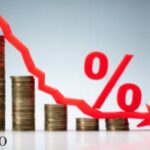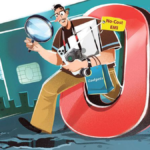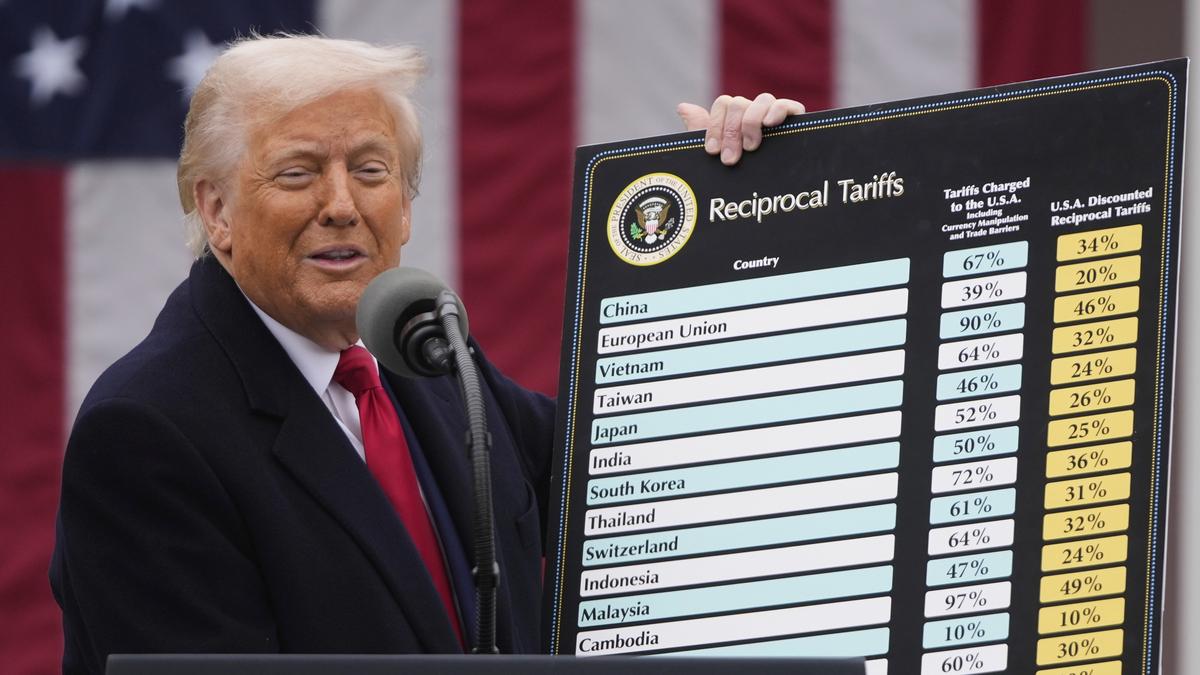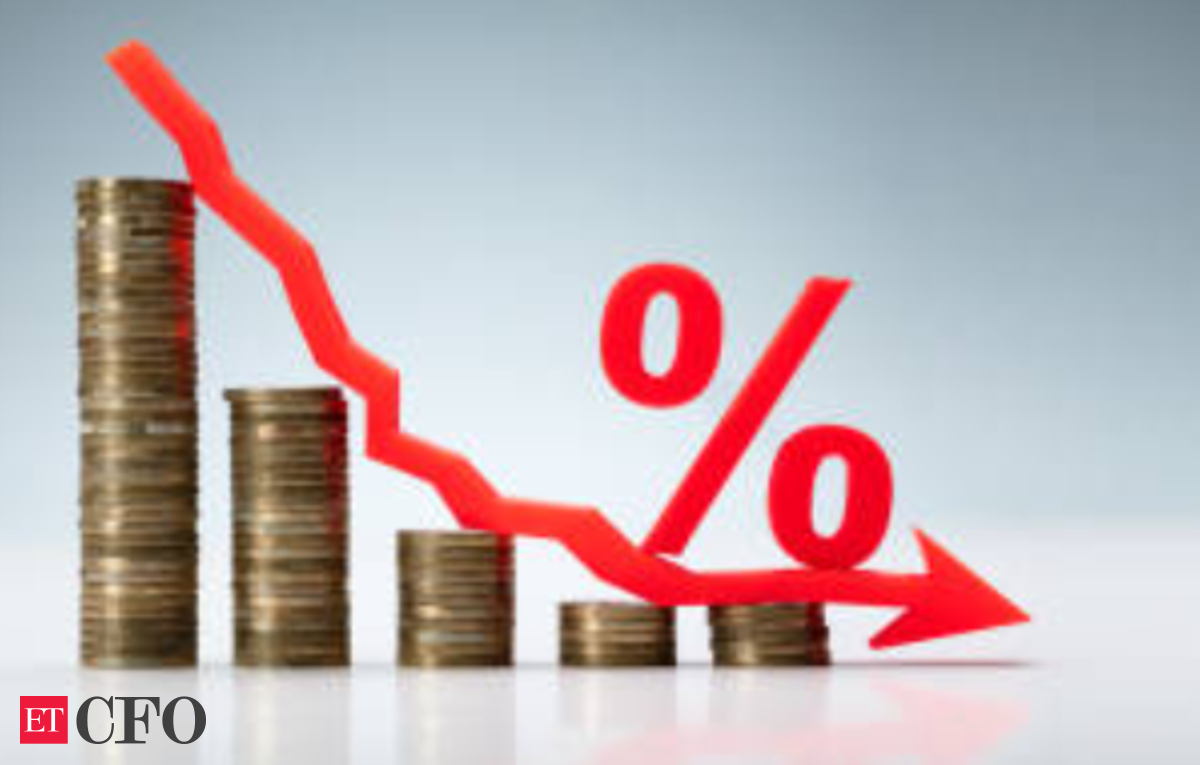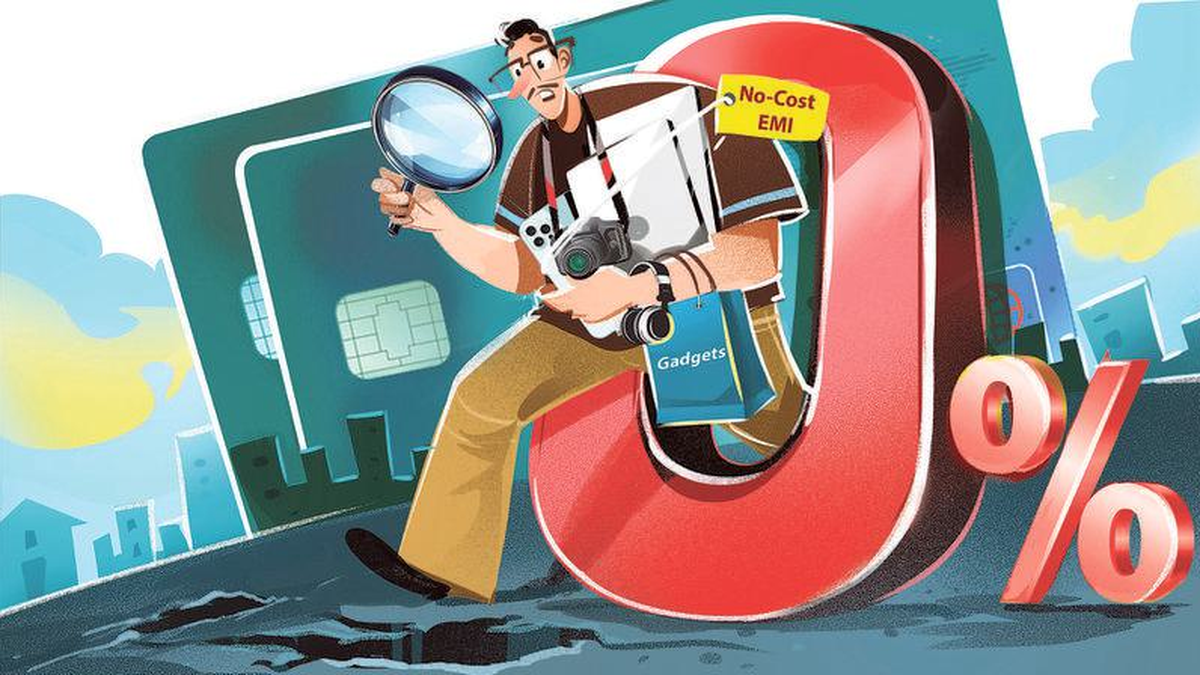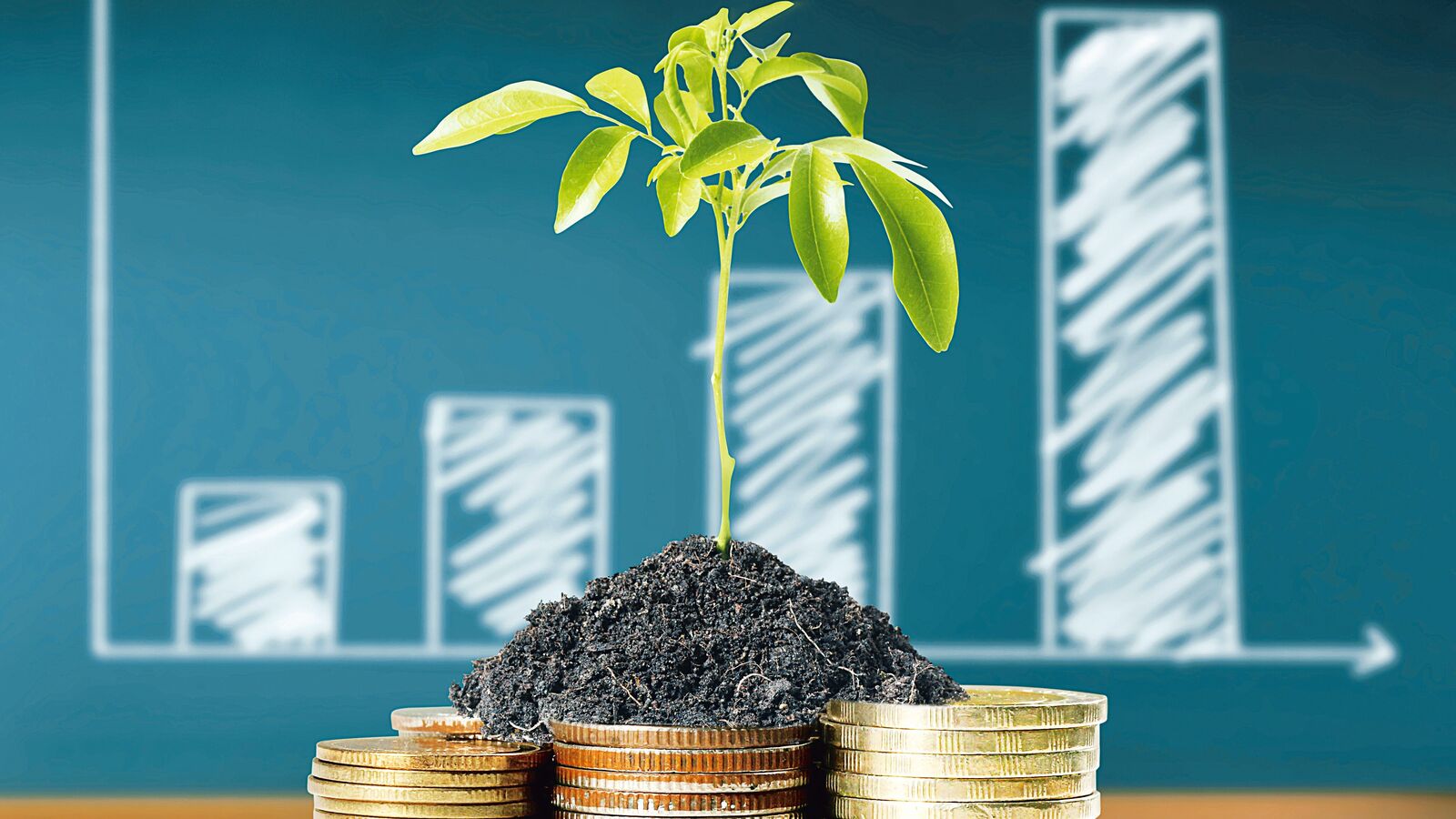The ‘Liberation Day’ of the US President Donald Trump announced on Wednesday that on Wednesday all the expectations of any exemption from the trade policy that has already had a certain markets for weeks. India would experience 26% rate percentages in addition to a basic line rate of 10%.
Mr Trump argued that India has subjected us to 52% rate rates in contrast to Washington who “charged almost nothing for years and years and decades”. A similar idea was also cited in the American trade representative (UST) about foreign trade barriers that were submitted on 31 March. Based on the concerns that were emphasized in the report, initial observations and the sectors that are emphasized in the Factsblad, we mention some industries that may or may not be taken by the recently announced measures:
Medical
White House accused India of “uniquely difficult and/or duplicative test and certification requirements” before they were allowed to sell their chemicals, telecom products and medical devices in India. The UST report reports the criteries of the Bureau of Indian Standards (BIS), which are looking for compulsory compliance, in full matching international standards. Furthermore, it was of the opinion that they do not show that they are “not effective or inappropriate”.
According to the White House, the American export of the aforementioned products would increase by at least $ 5.3 billion if the barriers are removed.
About the impact on the sector at home, Rajiv Nath, forum coordinator at the Association of Indian Medical Device Industry (AIPE), the rates can be an “important challenge” for the growth of the sector. India is recognized for its cost -effective and high -quality medical devices, mainly in category with a high volume of high -quality consumables. “The rate may affect the export of the device, and we must explore the window of opportunities from places where US has tried to diversify his supply chain dependence of a nation,” kept Mr. Nath. In addition, Himanshu Baid, director of the manufacturer of Devices Polymedicure, held the primary obstacle of the country with non-tariff barriers than barriers. “Regulatory obstacles in the US are steep, with FDA frequent inspection costs ranging from $ 9,280 to more than $ 540,000, while American exporters are confronted with relatively minimal costs when entering India,” he underlined.
Telecom and network equipment
The White House accused India of tax rates of 10-20% on network switches and routers compared to NIL over the Atlantic Ocean. The worries in the empire were of a similar nature as medical devices. At home, however, the opinion is divided over the potential impact of the rates.
According to Professor NK Goyal, chairman Emeritus of the Telecom Equipment Manufacturers Association of India (TEMA), the industry for mobile phones and telecom equipment would have no problems if the tasks were reduced to zero. He explained that the equipment is already part of the WTO agreement that most of them fall under zero duty and from now on, mobile phones have the duty of 20%. With regard to telecom equipment, Professor Goyal Telecom equipment previously kept from China, which is not happening now. “We don’t see it as a major challenge (reducing tasks to zero) because the US does not export telecom equipment to India, but components and raw materials,” he said The Hindu.
However, Konark Trivedi, founder and director of equipment maker Frog Cellenat arrested that the tariff regime could increase the costs for manufacturers, disrupt supply chains and create uncertainty for companies. “Furthermore, since the telecom infrastructure depends on a complex ecosystem of components, many of which are exported worldwide, such rates would inevitably increase operational costs and reduce the competitiveness of Indian companies in international markets,” he said.
Gemstones and jewelry
The Gem- and Jewwy Export Promotion Council (GJEPC) meant that the rates will probably “significantly influence” the sector. In addition, Paresh Paresh, partner and retail load leader at EY India suggested a potential “adverse impact” that could translate into the risk of job losses and margin erosions. He underlined that the sector had already walked under stress in recent years because of the changing customer preferences, rising gold prices and competition for polishing from other countries, among other things.
The GJEPC underlined that they expect a challenge to maintain the current export volume of the country of around $ 10 billion for the US “We urge the Indian government to promote the bilateral trade agreement because it would be crucial in navigating the tariff issues,” the council’s interest.
Auto
The White House noted that the European Union (at 10%) and India (with 70%) impose “much higher tasks” on similar input for vehicles. The latest rates round is therefore looking for an equalization of weights.
Rajesh Menon, director -general at the Society of Indian Automobile Manufacturers (Siam), however, explained that the order did not include cars because they have already been subjected to section 232 rates of 25% announced on March 26. “We do not expect a significant impact on the Indian automotive industry, because there is a limited export for us, but we will monitor the situation,” he said he was monitoring the situation.
The same paradigm applies to car components too.
Textile
According to Paresh Parekh, the tariff regime offers an opportunity for the Indian textile sector to increase its market share in the US, he observed the countrymen of India in the empire subject to higher rates. This included Bangladesh (37%), Vietnam (46%), Cambodia (49%), Pakistan (29%), China (54%) and Sri Lanka (44%).
However, Mr. Parekh warned: “If there is a delay in consumption in the US due to higher prices, the total American market itself can shrink.”
Published – April 4, 2025 10:57 pm is

